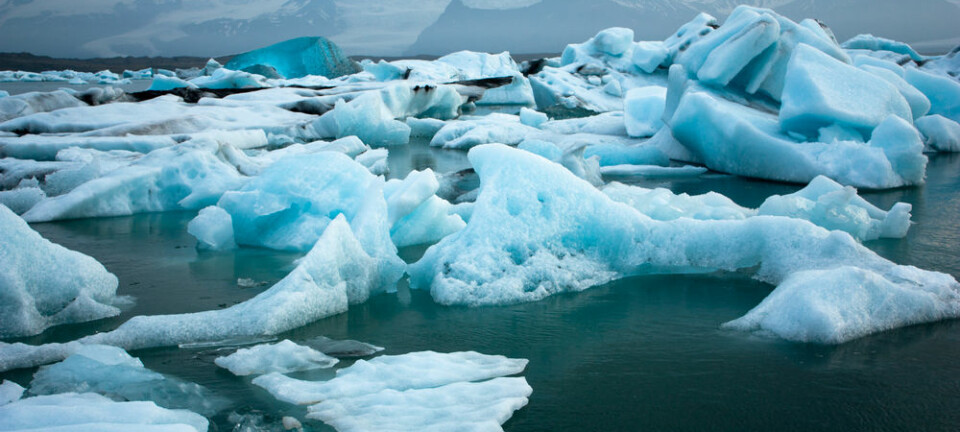An article from UNIS The University Centre in Svalbard

“Snowball Earth” mystery solved
The deep freeze of the Earth some 650 million years ago was not total. New research by UNIS professor Doug Benn and an international team shows that the climate was sensitive to variations in the Earth's orbit around the sun, resulting in cycles of ice sheet retreat and allowing lakes to form, rivers to flow, and simple microbial life to flourish.
Denne artikkelen er over ti år gammel og kan inneholde utdatert informasjon.
“Snowball Earth” is the term used for the most extreme climatic conditions the world has ever known. On two occasions, between 750 and 630 million years ago, ice sheets covered the globe, even at the equator. These extreme conditions presented a great puzzle for scientists - what caused the freezing? What caused it to end? What was connection with the evolution of complex plants and animals, which appeared soon after the end of the second glaciation?
The Snowball Earth theory presented clear answers to these questions, explaining the freeze-up and melting in terms of the global carbon cycle. Over the years, the theory has been refined and developed and we now understand many of the processes driving extreme climate change.
A puzzle
However, one major puzzle remained. Sedimentary deposits from that period often showed a complex series of layers similar to those formed in present-day glacial environments. These imply shifting climate conditions and an active water cycle (evaporation from open oceans and snowfall), which some geologists argued were incompatible with Snowball Earth theory.
A new paper in Nature Geoscience solves this mystery, in a detailed reinvestigation of Snowball Earth rocks from Svalbard.

The paper is the outcome of a major interdisciplinary study that provides the most detailed picture to date of this fascinating and critical period in Earth history.
A team of geologists, led by Professor Ian Fairchild (University of Birmingham, UK) and including UNIS professor Doug Benn, visited remote locations in north eastern Spitsbergen to study the perfectly preserved deposits.
Detailed layer by layer analysis of the rocks proves conclusively that climate had indeed been variable, with glacier advances alternating with non-glacial environments when rivers flowed, lakes formed, and algae bloomed. There is more - the scientists also discovered the cause of these climate fluctuations.
Earth’s orbit around the sun a major factor
The chemical composition of some of the rocks indicates they formed when levels of CO2 in the atmosphere were very high - up to 100 times greater than today's levels. This fits perfectly with Snowball Earth theory, which predicts that high CO2 levels will occur towards the end of a global glaciation, when volcanic gasses push the levels nearer to the threshold needed for ice melt but the climate remains cold due to reflection of sunlight by extensive ice cover.
Computer modellers in the team demonstrated that, during this stage of a Snowball glaciation, the climate system became sensitive to variations in the Earth's orbit around the sun. This effect is well known for the recent geological past, but this is the first time that it is shown to be a major influence on ice sheet behaviour during Snowball Earth times.
The Snowball glaciations were not just total 'deep freeze' events as previously thought. Instead, shifting climate patterns created ever-changing environments, providing refuges where life could persist until more favourable conditions returned.



































